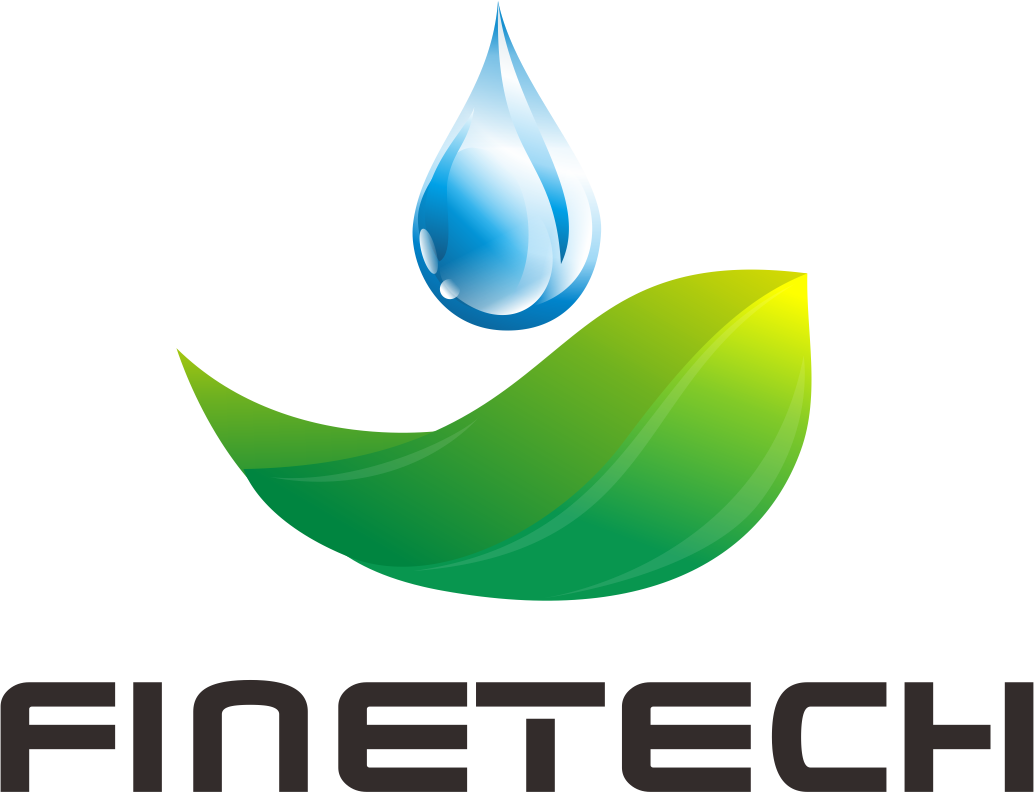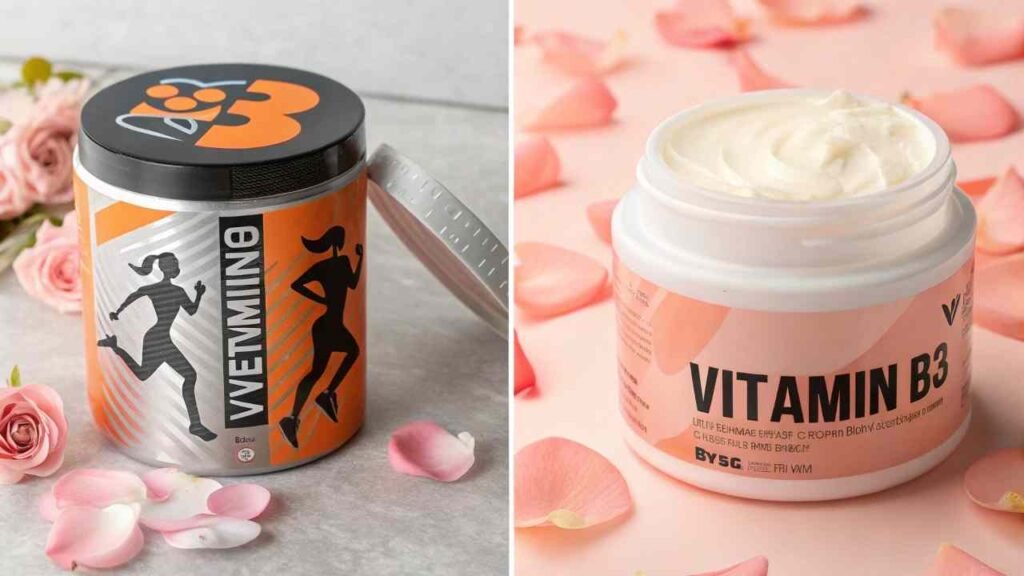See Vitamin B3 in sports drinks and face creams? Wondering why it's so popular? Let's break down its powerful roles in these products.
In nutrition, Vitamin B3 (niacin) is key for energy metabolism. In cosmetics, niacinamide strengthens the skin barrier, reduces redness, and improves appearance. Its versatility makes it a valuable ingredient.
In my work at FINETECH, we supply functional ingredients like Vitamin B3. My clients need to know why an ingredient is used. Understanding B3's role helps us supply the right grade for high-performance applications. Let's explore these roles.
Why are higher Vitamin B3 levels often found in medical foods or sports nutrition?
Notice high doses of B3 in sports or medical foods? Confused why they need so much? Let's explore its role in high-demand situations.
Higher Vitamin B3 levels are used to support energy production (as NAD/NADP). Sports nutrition uses it for intense activity, while medical foods use it for high metabolic stress or to correct deficiencies.
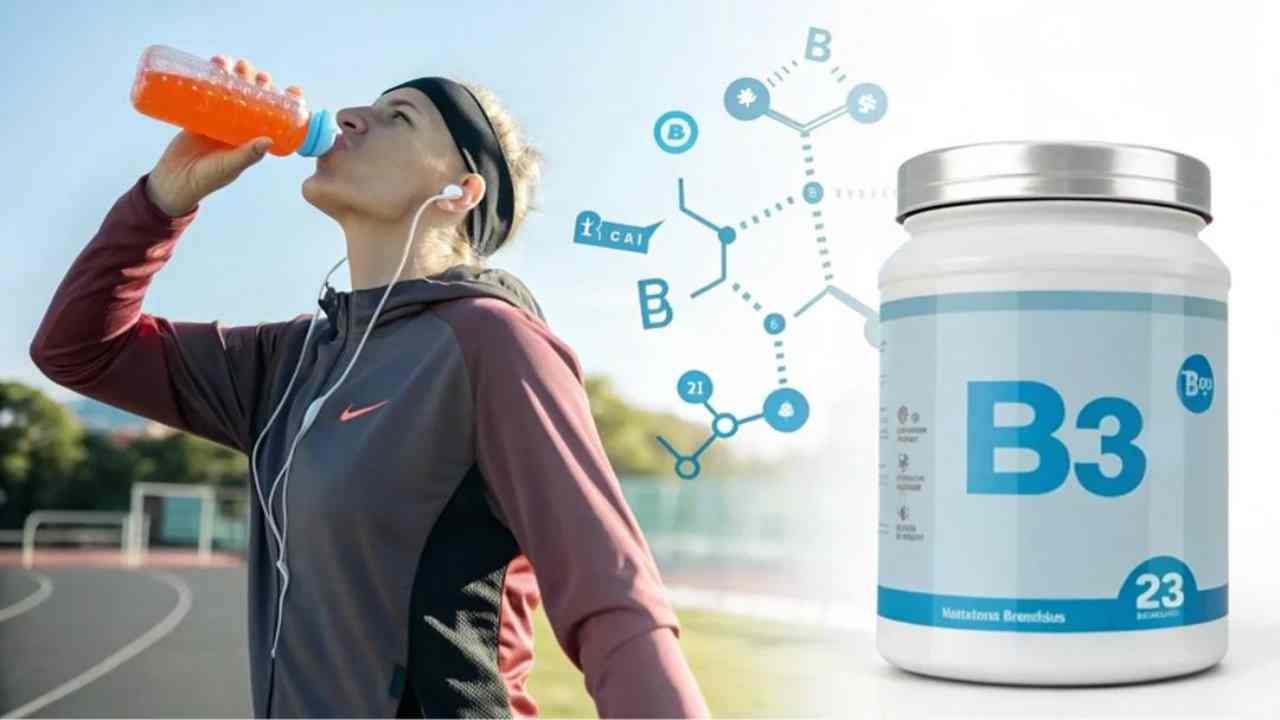
The body's need for vitamins can change. During high stress or illness, the demand for Vitamin B3 increases because of its central role in creating cellular energy.
It acts as a precursor to NAD+1 and NADP+, which are like essential "energy batteries" in our cells. They help convert food into usable energy (ATP2).
- Sports Nutrition: Athletes have a massive demand for ATP to fuel muscles. More B3 helps ensure enough NAD+ is available to support this high energy need, potentially reducing fatigue.
- Medical Foods: Used to manage specific conditions. This can involve correcting a deficiency (pellagra) or supporting the body's high energy needs during recovery from illness or surgery. High-dose niacin is also used medically to manage cholesterol.
B3 Roles in Different Contexts:
| Application | Why Higher Dose Is Used |
|---|---|
| Sports Nutrition | To meet the high energy demands of exercise. |
| Medical Foods | To address disease-related needs or illness. |
| Cholesterol Management | As a high-dose therapy to affect lipid levels. |
How does Vitamin B3 (Niacinamide) benefit skincare and cosmetic formulations?
Heard niacinamide is a skincare star? Wondering what it actually does? Let's quickly look at its proven cosmetic benefits.
Niacinamide benefits skin by strengthening the moisture barrier, reducing redness and inflammation, controlling oil, minimizing pore appearance, and fading dark spots. It is a stable and versatile ingredient.
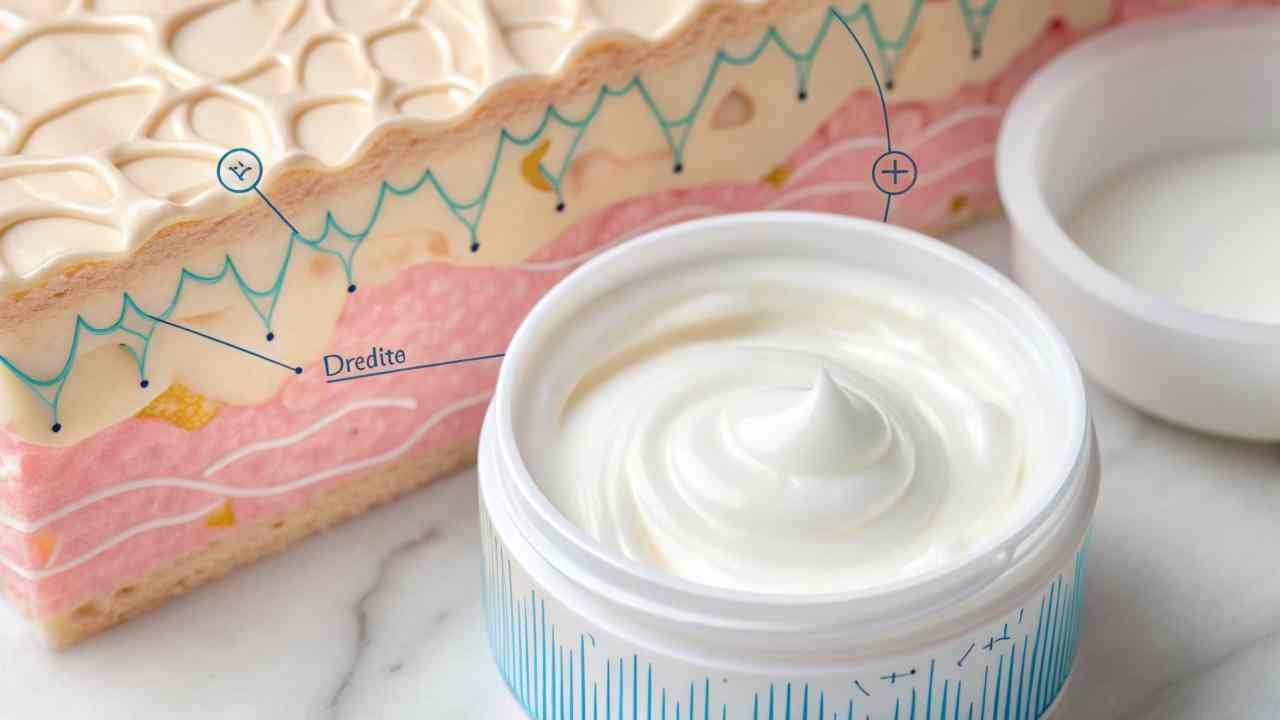
Niacinamide, a form of B3, is a true skincare workhorse. It's popular because it addresses multiple skin concerns effectively.
- Strengthens Skin Barrier3: It boosts the production of ceramides (natural fats), which helps skin hold moisture and keeps irritants out.
- Calms Redness: Its anti-inflammatory properties soothe irritated skin, making it great for acne and rosacea.
- Controls Oil & Pores: It helps regulate sebum (oil) production, which can make pores appear smaller.
- Fades Dark Spots4: It helps block the transfer of pigment within the skin, leading to a more even skin tone over time.
Because it's stable and compatible with other ingredients, formulators love using it.
Key Niacinamide Skin Benefits:
| Skin Concern | How Niacinamide Helps |
|---|---|
| Dryness/Sensitivity | Strengthens barrier, improves hydration. |
| Redness/Acne | Reduces inflammation, calms skin. |
| Oily Skin/Pores | Regulates oil production, minimizes pore look. |
| Dark Spots | Inhibits pigment transfer, evens tone. |
Which forms of Vitamin B3 apply to these specialized applications?
Niacin or niacinamide? Confused about which form does what? Let's clarify the key differences and where each is used.
Niacin is used for cholesterol but can cause skin flushing. Niacinamide is preferred for skincare and supplements as it's non-flushing. Other "flush-free" forms are also used nutritionally.
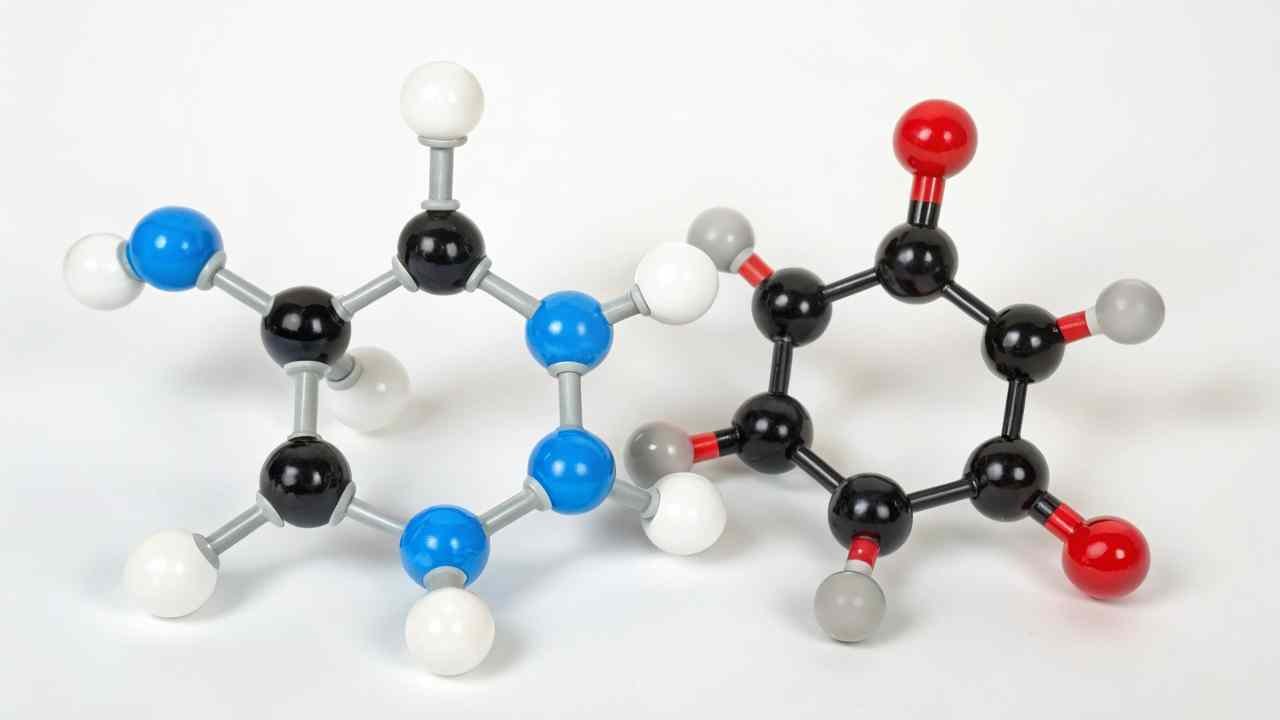
Choosing the right form of Vitamin B3 is critical. They have different effects.
- Niacin (Nicotinic Acid): Used in high, medically supervised doses to manage cholesterol. Its main drawback is causing a temporary but unpleasant skin reaction called the "niacin flush" (redness, itching). This makes it unsuitable for cosmetics.
- Niacinamide (Nicotinamide): The "non-flushing" form. This is the ideal choice for all skincare applications because it doesn't cause the flush. It's also widely used in general supplements for energy metabolism.
- Inositol Hexanicotinate (IHN)5: Marketed as "flush-free niacin" for supplements. It's designed to release niacin slowly to avoid the flush.
Comparison of B3 Forms:
| Feature | Niacin | Niacinamide (Ideal for Skin) |
|---|---|---|
| Main Use | Cholesterol (medical) | Skincare, General Supplements |
| Niacin Flush? | Yes (Common) | No |
| Use in Cosmetics | No | Yes |
Are there synergistic benefits when Vitamin B3 is combined with other active ingredients?
See B3 paired with other ingredients? Wonder if it's better that way? Let's explore how B3 works as a team player.
Yes, niacinamide has great synergistic benefits. In skincare, it pairs well with hyaluronic acid (hydration), Vitamin C (brightening), and retinoids (anti-aging). In nutrition, it works with other B vitamins.
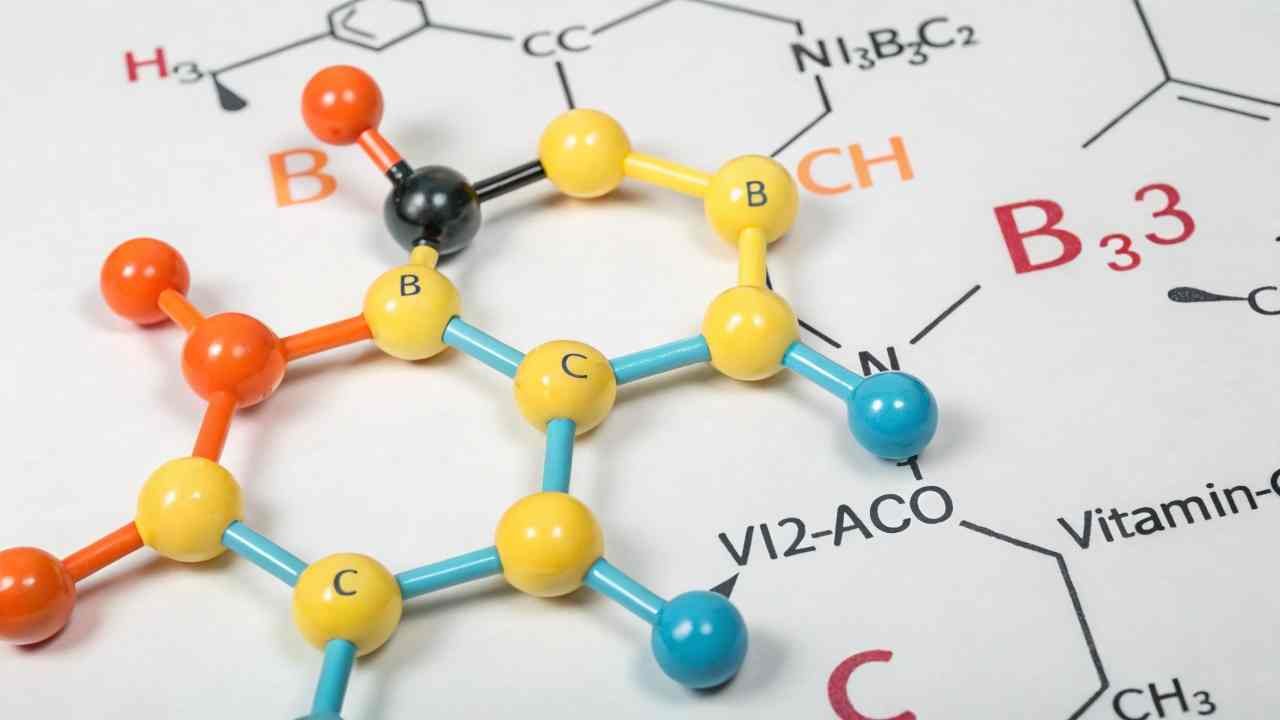
Good ingredients can become great when combined correctly. Niacinamide is an excellent partner for other actives.
Synergy in Cosmetics:
- With Hyaluronic Acid6: A hydration powerhouse. HA pulls water in, and niacinamide locks it in by strengthening the skin barrier.
- With Vitamin C: A potent brightening and antioxidant duo for protecting skin and evening tone.
- With Retinoids: Niacinamide's calming properties help skin tolerate powerful retinoids with less irritation.
Synergy in Nutrition:
- With B-Complex Vitamins: All B vitamins work together to support energy metabolism.
- With Coenzyme Q10: Both are vital for cellular energy production.
Common Synergistic Pairs:
| Area | Niacinamide + Partner | Combined Benefit |
|---|---|---|
| Cosmetics | Hyaluronic Acid | Better Hydration |
| Cosmetics | Vitamin C | Enhanced Brightening |
| Cosmetics | Retinoids | Anti-Aging with Less Irritation |
| Nutrition | Other B Vitamins | Full Energy Support |
What emerging applications or market trends involve Vitamin B3 in these sectors?
What's next for Vitamin B3? What are the latest trends? Let's look at the future of this versatile vitamin.
Emerging trends include niacinamide for blue light protection, scalp health, and in 'inside-out' beauty supplements. Boosting NAD+ for cognitive health and longevity is also a major nutritional trend.
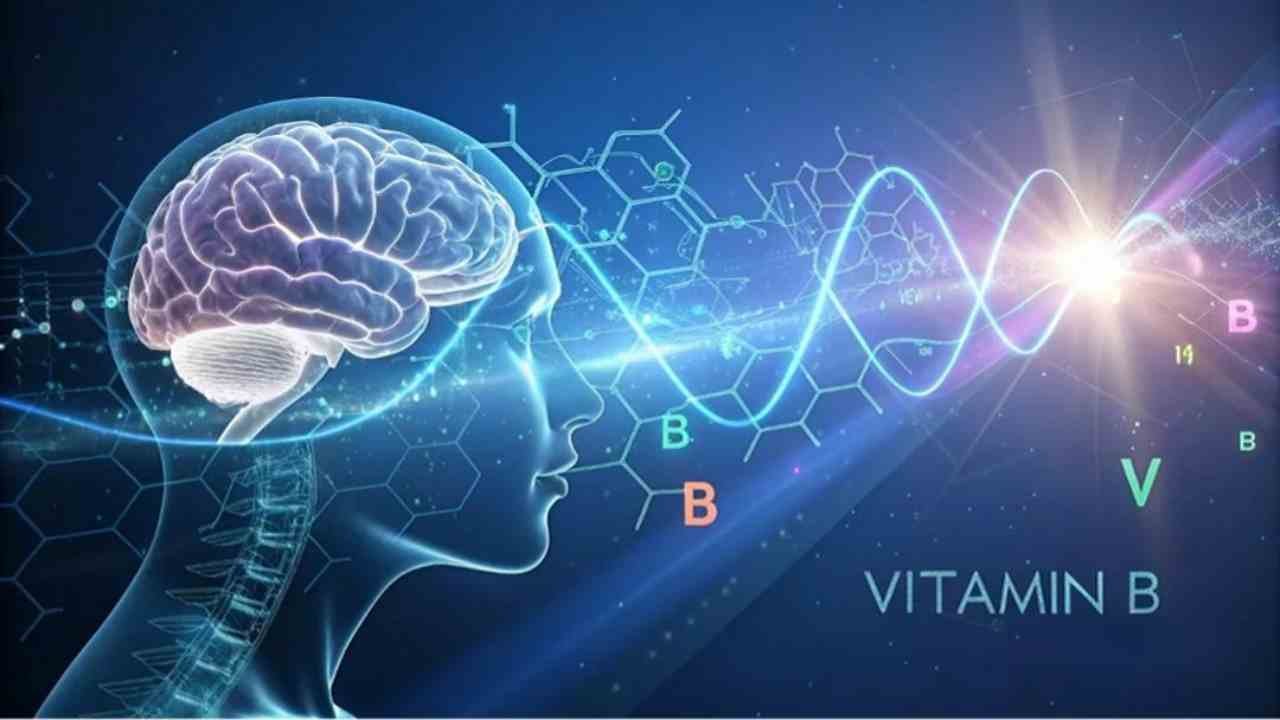
Vitamin B3 is at the center of several exciting new trends.
- Nutricosmetics: Oral supplements with niacinamide for "beauty from within" to support skin health.
- Scalp & Hair Health: Using niacinamide in shampoos and serums to create a healthier scalp environment.
- Blue Light Defense: Creams with niacinamide are marketed to help protect skin from damage caused by screens.
- NAD+ Boosting for Healthy Aging: This is a huge trend. Since B3 is a precursor to NAD+ (a key molecule for cellular repair), supplements are being used to support longevity and cognitive function, as NAD+ levels decline with age.
Future-Focused Trends:
| Trend Area | Application Focus |
|---|---|
| Nutricosmetics | Oral supplements for skin health |
| Scalp Care | Serums/shampoos for a healthy scalp |
| Blue Light Protection | Skincare for screen damage |
| NAD+ Boosting | Supplements for longevity & brain health |
Conclusion
Vitamin B3, especially as niacinamide, is a versatile and effective ingredient. Its vital roles in energy and skin health ensure its growing importance in nutrition and cosmetic markets worldwide.
-
Learn about NAD+ and its crucial role in energy metabolism and cellular function, vital for athletes and recovery. ↩
-
Discover the significance of ATP in energy production and how it fuels our muscles and bodily functions. ↩
-
Learn how Niacinamide enhances the skin barrier, improving moisture retention and protection against irritants. ↩
-
Discover the effectiveness of Niacinamide in reducing dark spots and achieving a more even skin tone over time. ↩
-
Learn about Inositol Hexanicotinate, marketed as flush-free niacin, and its potential benefits for your health. ↩
-
Learn how Hyaluronic Acid can boost your skincare routine by providing intense hydration and plumping effects. ↩
